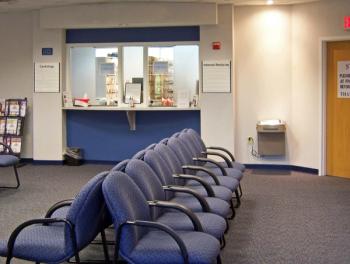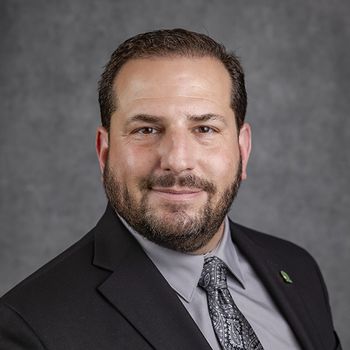
Primary care in a ‘crunch’ due to pressures from revenues and expenses
MGMA report details trends that put a strain on physician-owned practices.
If it felt like patients, staff, medicines, and money were scarcer in 2022 than in prior years, you’re not alone.
Physician-owned primary care practices are in a “crunch,” with shortages of needed staff and supplies, and requiring “drastic measures” to curb surging expenses, according to the Medical Group Management Association (MGMA). The figures are in
“Doing more with less doesn’t always leave you with a better bottom line,” the report said. “This painful reality has intensified as post-pandemic staffing shortages linger, and elevated expenses put pressure on medical group, hospital, and health system finances.”
Revenue
Physician-owned primary care practices reported negative one-year and three-year trends in total medical revenue per full-time equivalent (FTE) physician.
Revenue was down 2.19%, or $20,536, in the one-year period from 2021 to 2002, and down 1.85%, or $17,278, in the three-year period of 2020, 2021, and 2022. The five-year trend for 2018 to 2022 remained in the positive, up 5.26%, or $45,904.
Hospital-owned primary care practices were better off. The one-year trend was up 10.71%, or $63,815; the three-year up 13.51%, or $78,540; and the five-year up 19.73%, or $108,749.
Physician-owned nonsurgical, surgical, and multispecialty practices all posted negative one-year trends. Those surgical practices had negative trends for the one-year, three-year, and five-year periods. There were no negative trend periods for the hospital-owned specialty practices.
Where are the patients?
Only physician-owned surgical practices reported an increase in total patients (8.08%) and in total encounters (42.94%) in the last year. Physician-owned primary care practices posted decreases in both of 5.21% and 8.41%, respectively.
Although total patient counts were lower, total encounters increased for physician-owned nonsurgical practices, and for hospital-owned primary care and surgical practices.
Operating costs
Physician-owned primary care practices reported negative trends in operating costs per FTE physician:
- One-year: -11.57%, or -$64,669
- Three-year: -10.51%, or -$58,066
- Five-year: -3.09%, or -$15,761
The lower operating expenses were “driven largely by decreases in support staff costs possibly due to staffing shortages,” the report said. The only other negative trends were for the one-year and five-year periods for physician-owned nonsurgical practices.
Overall, 89% of medical groups’ operating expenses increased in 2023 so far, the report said.
Drugs not available
A full 76% of medical groups reported drug supply shortages this year. Those and limited availability of medical/surgical supplies also may have brought down operating costs, the MGMA report said. Lidocaine, Marcaine, epinephrine injections have been disrupted for more than a year. Stimulant shortages date from the time of the COVID-19 pandemic, there are shortages of antibiotics and drugs for attention-deficit/hyperactivity disorder, and diagnostic contrast dyes became difficult to obtain when an Illinois medical supplier shut down.
Workers needed
Physician-owned primary care practices have posted four straight years of total support staff per FTE physician, dipping from 5.08 in 2019 to 3.0 in 2022.
“While these numbers may not seem significant at a glance, consider the significance: A physician-owned primary care practice would have had about 11.7 business operations support staff at the start of the pandemic; today that figure is down to 8.5, a loss of 3.2 FTE workers,” the report said.
Short-staffed practices are experiencing lost productivity, worse morale due to extra work, more time spent recruiting staff, worse patient experiences, and more spending on temporary workers to fill gaps.
Hospital-owned practices for primary care, surgical, and nonsurgical specialties all had positive trends of less than 1%. For all practices, 40% reported their support staff to physician ratios stayed the same last year. But among those practice leaders or those who increased staffing, 44% said the current support staff level was not enough to meet patient demand, according to MGMA.
Newsletter
Stay informed and empowered with Medical Economics enewsletter, delivering expert insights, financial strategies, practice management tips and technology trends — tailored for today’s physicians.















